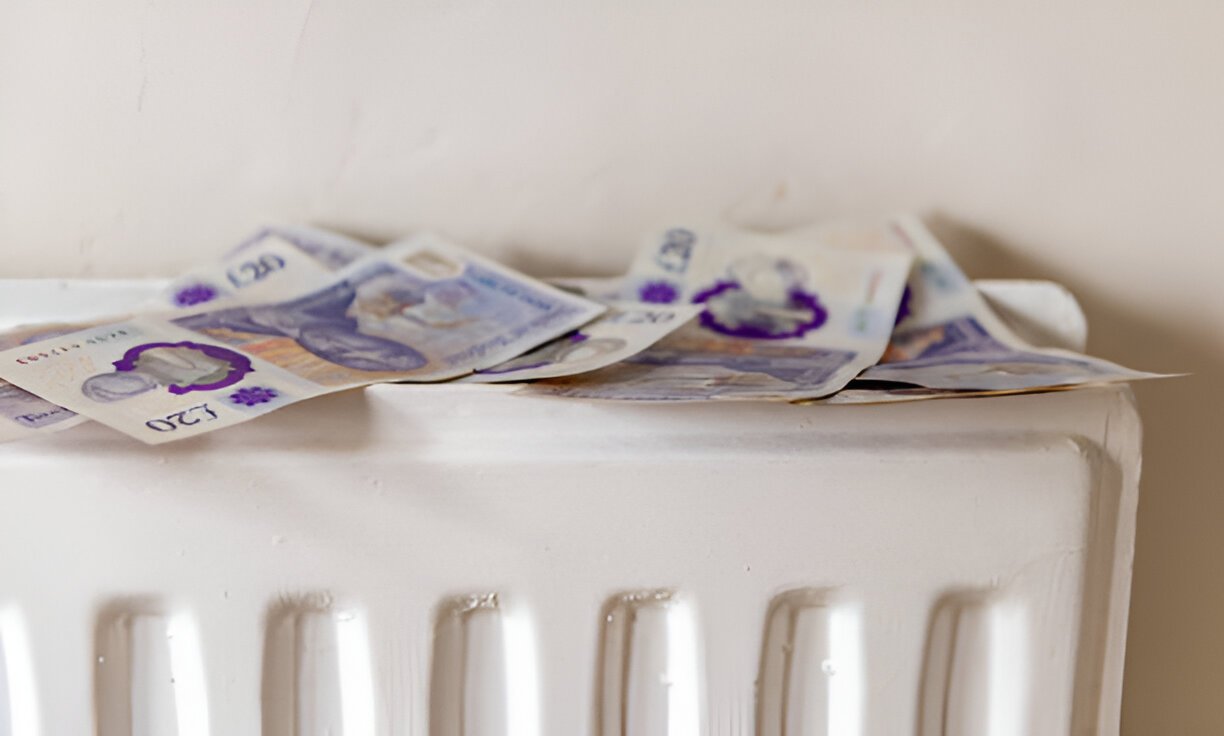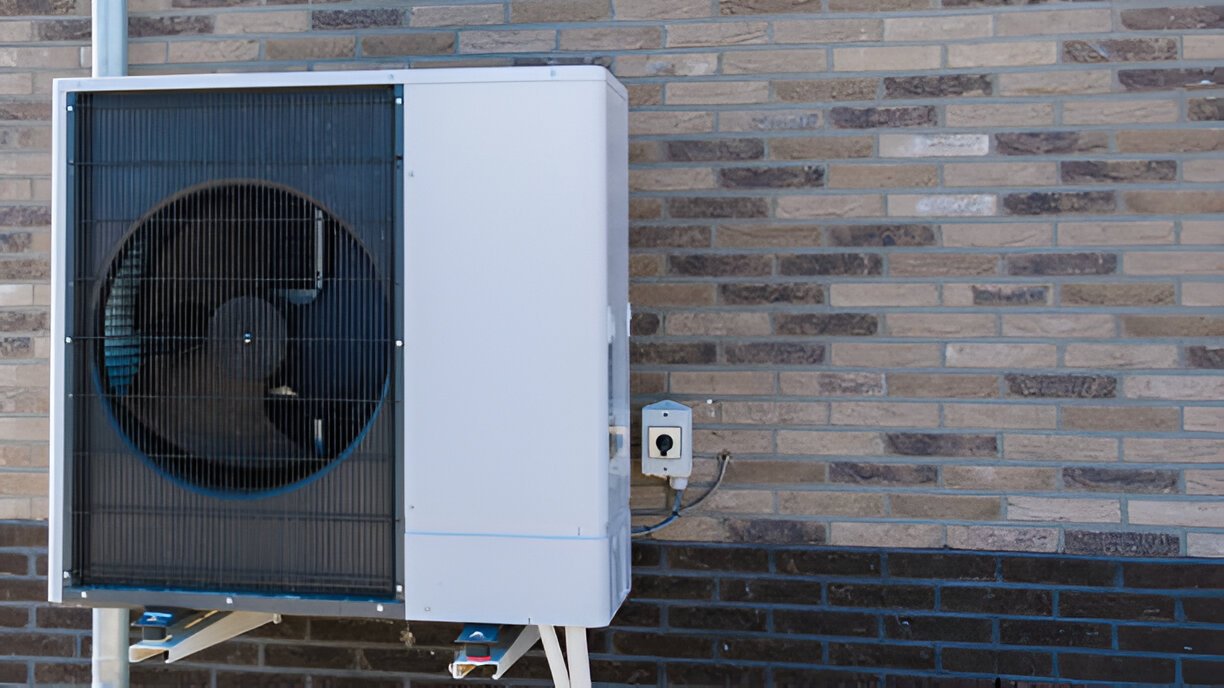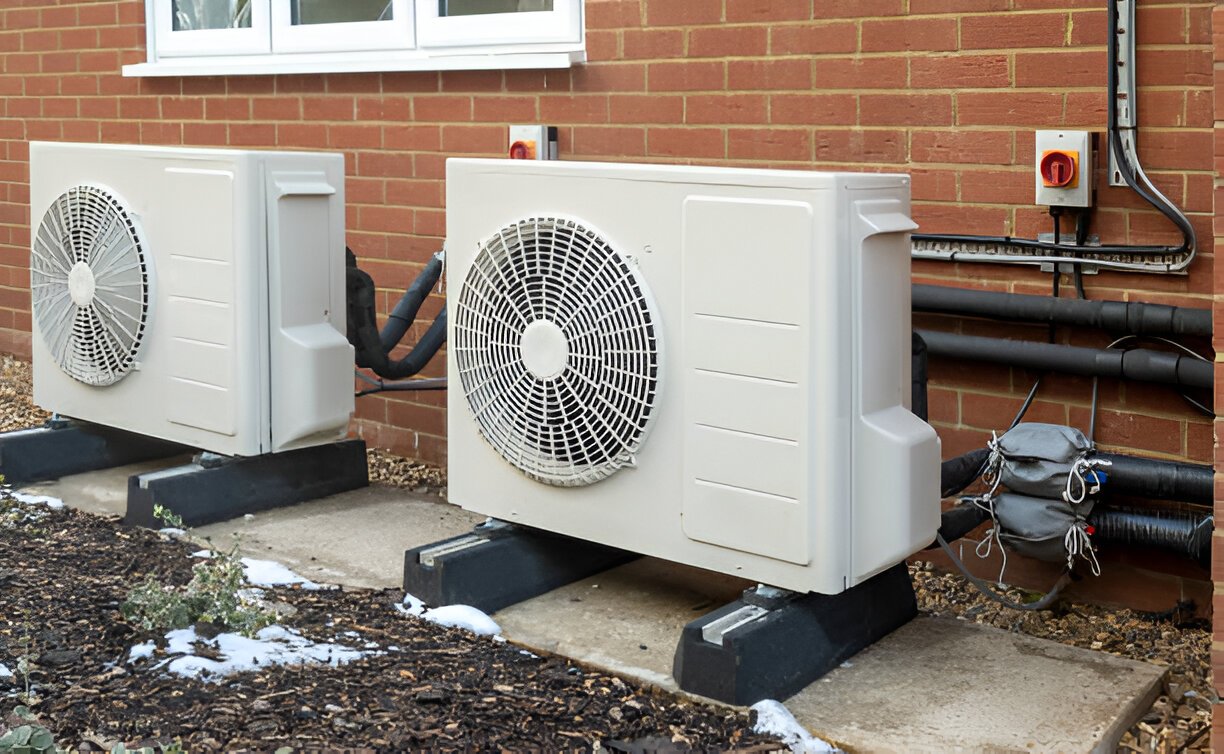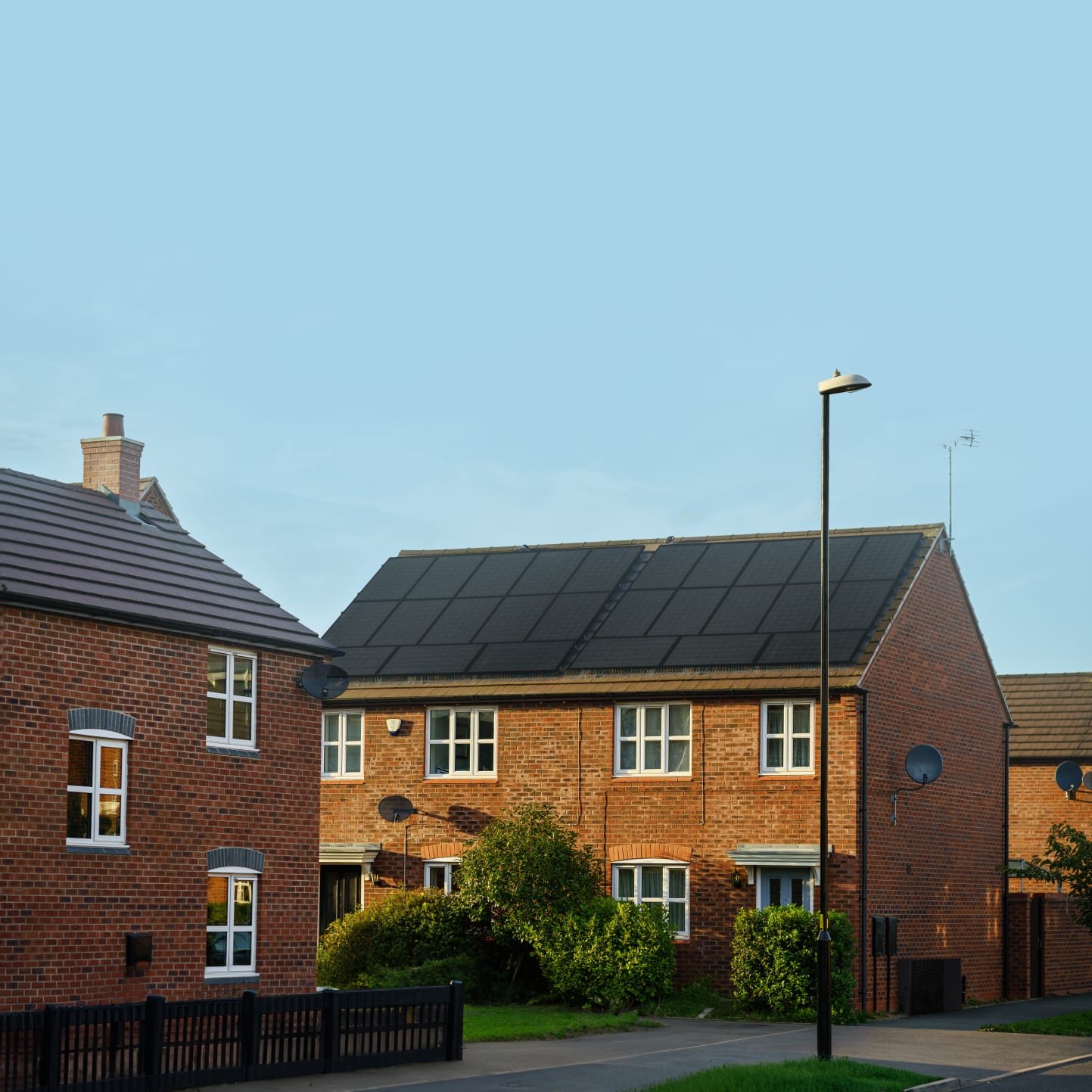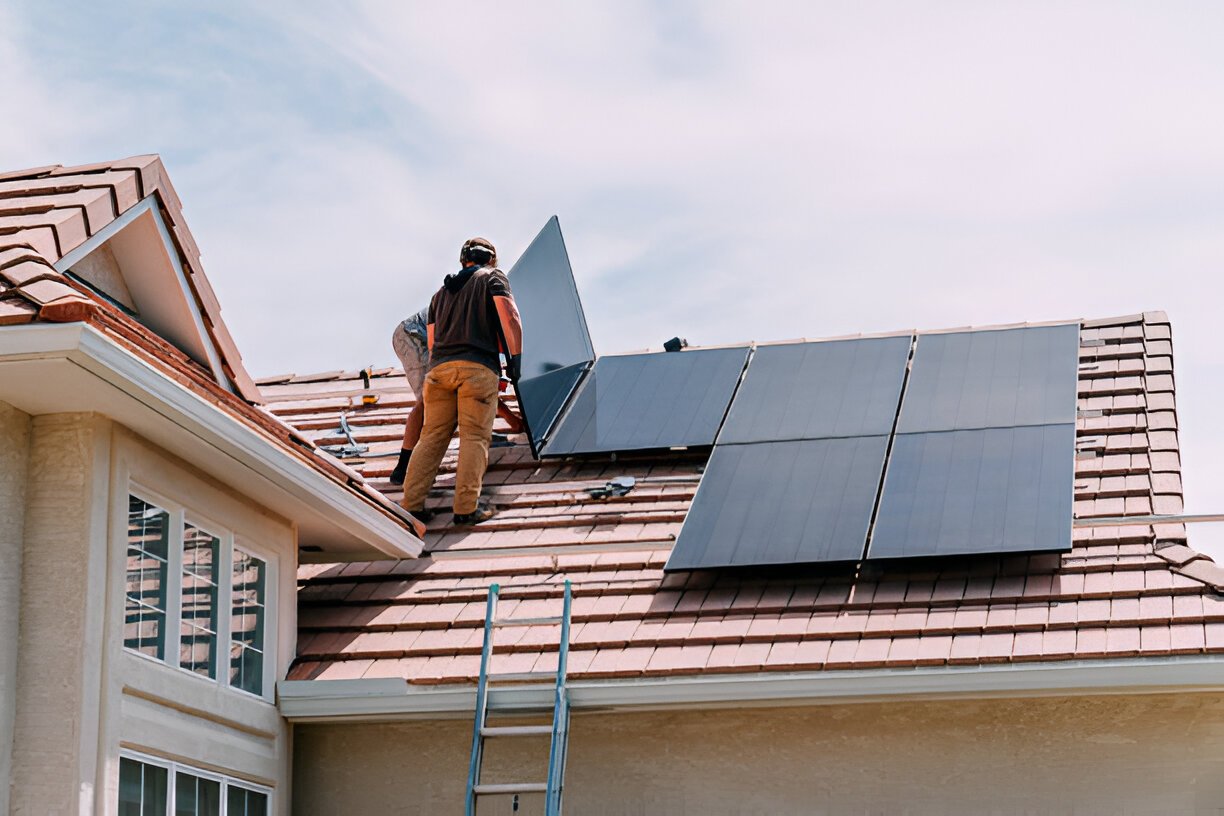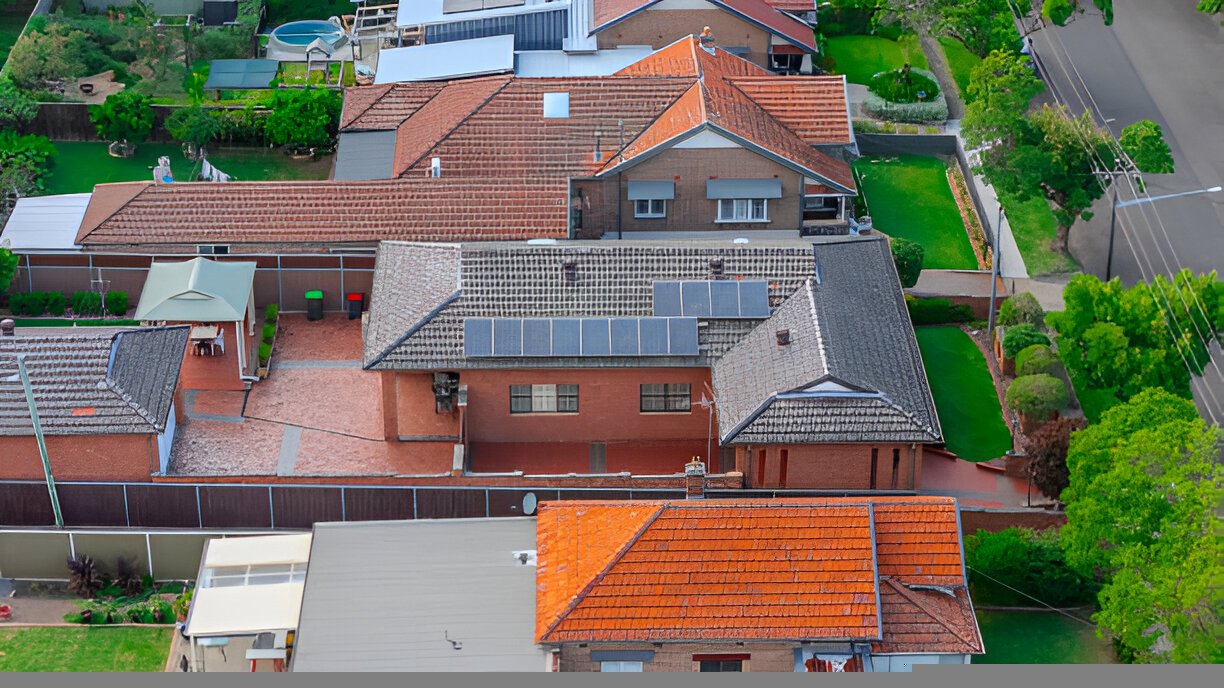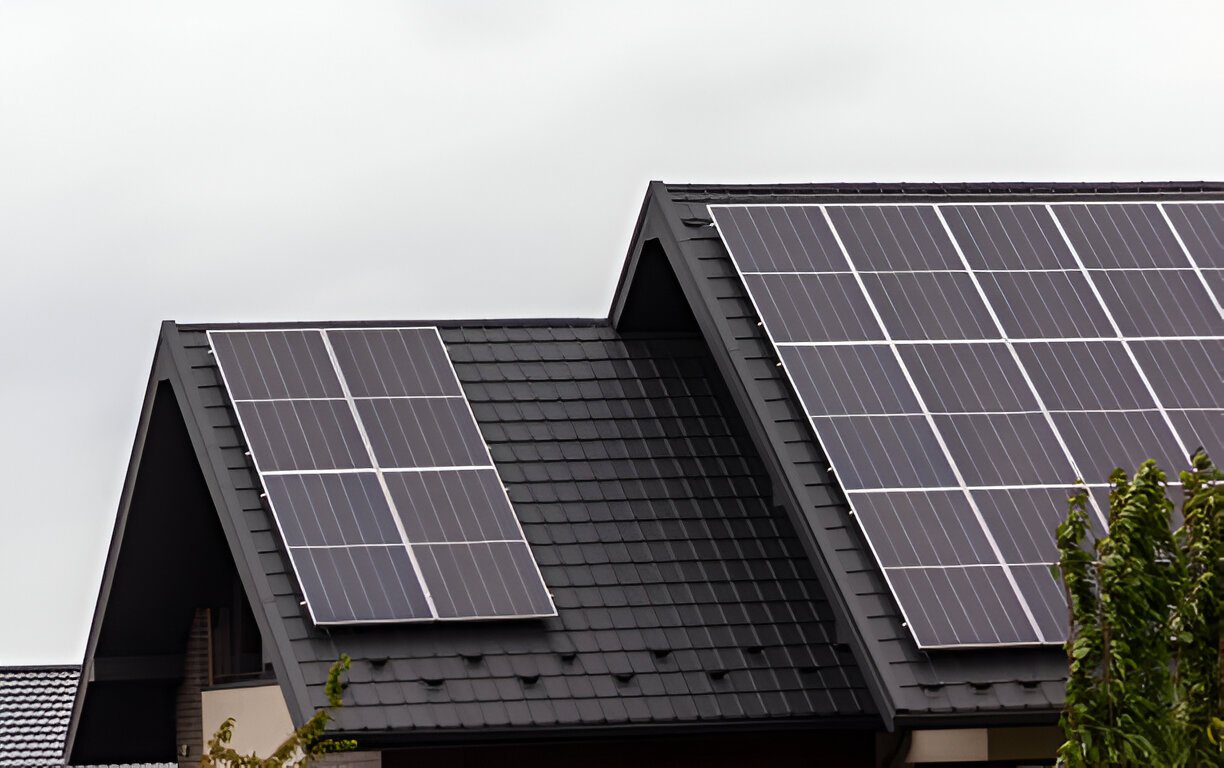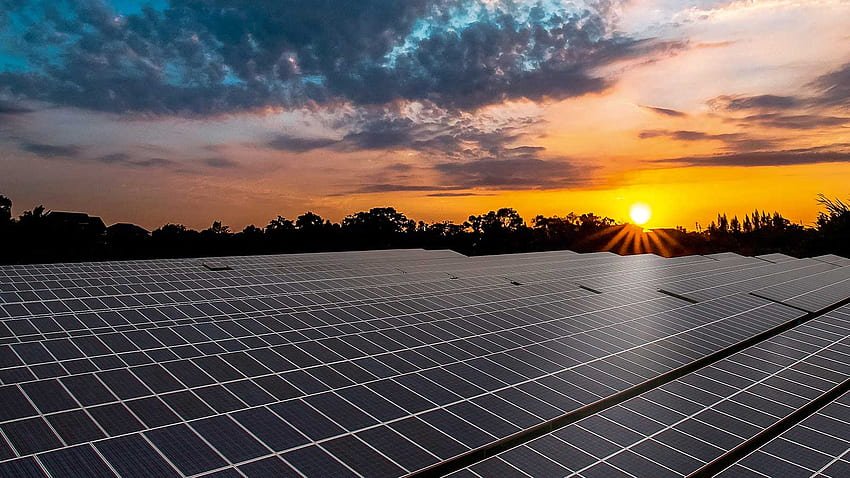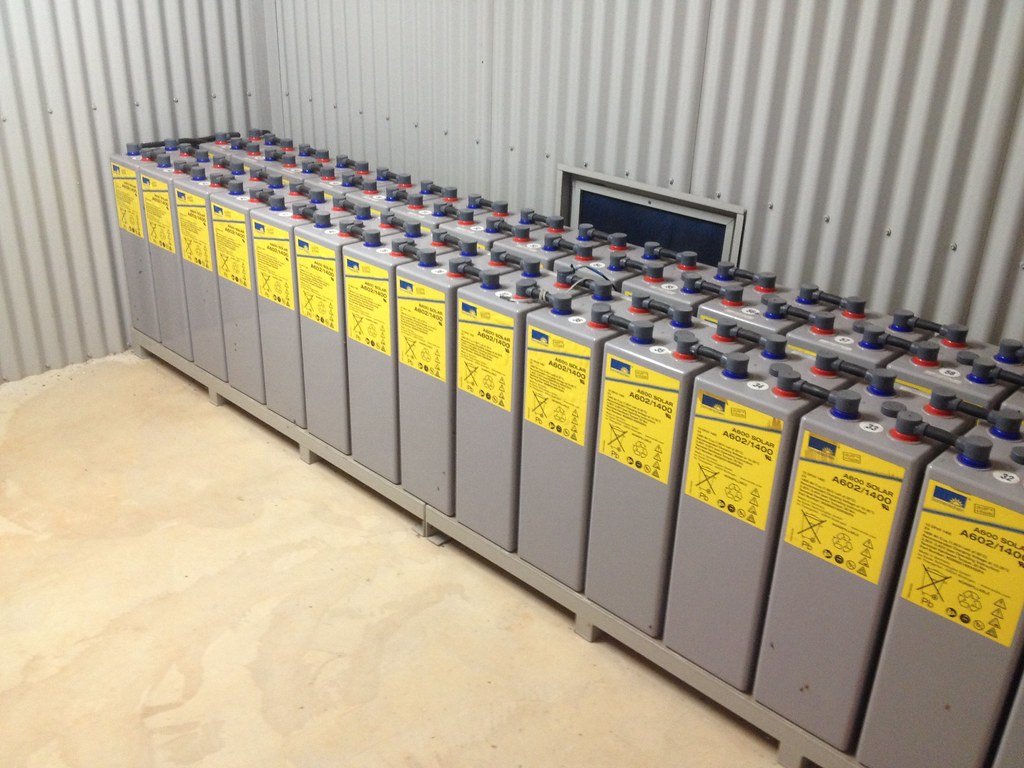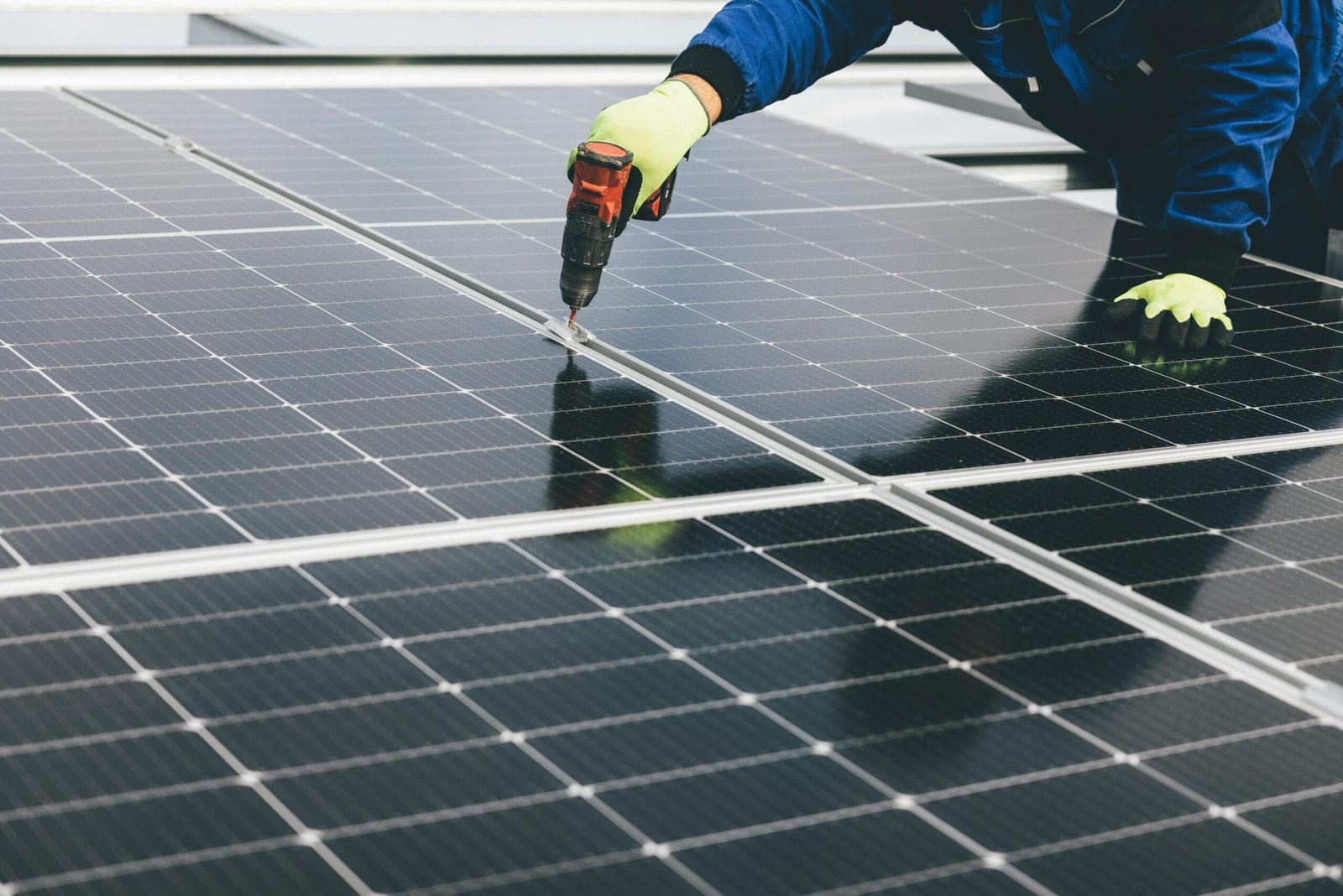Solar energy is growing in popularity, but many myths still surround it. Some people think solar panels don’t work in certain climates or that they’re too expensive to install. Others believe they require too much maintenance or won’t power an entire home. These misconceptions can discourage homeowners from making the switch.
In reality, solar technology has improved significantly, making it a reliable and cost-effective energy source. In this article, we’ll debunk some of the most common myths about solar panels and uncover the truth about their efficiency, affordability, and long-term benefits.
Myth #1: Solar Panels Don’t Work in Cloudy or Cold Weather
Many assume that solar panels need direct sunlight all day to generate power. While more sunlight does improve efficiency, panels still work in cloudy or cold weather. In fact, solar panels often perform better in cooler temperatures because excessive heat can reduce efficiency.
Countries like Germany and the UK, which experience frequent cloudy weather, are among the world’s leading solar energy adopters. One of the reasons for this adoption is modern photovoltaic panels. Solar photovoltaics made of monocrystalline silicon can capture diffused sunlight and still produce electricity even on overcast days.
So, whether you live in a sunny or cloudy climate, solar panels remain a viable option.
Myth #2: Solar Energy is Too Expensive to Install
Because of the price point of solar power systems, the solar system’s misconception regarding its price and payback period is most common. Let’s debunk it today.
While the initial cost of solar panels can seem high, prices have dropped significantly over the past decade. Government incentives, tax credits, and financing options make solar energy more affordable than ever.
In the UK homeowners can apply for loans or sell back energy to the grid to offset the upfront costs. Additionally, solar loans and leasing options allow homeowners to install panels with little to no upfront payment. Over time, the savings on electricity bills often outweigh the installation costs, making solar an excellent long-term investment. With various financing options available, solar energy is no longer just for the wealthy—it’s accessible to many homeowners.
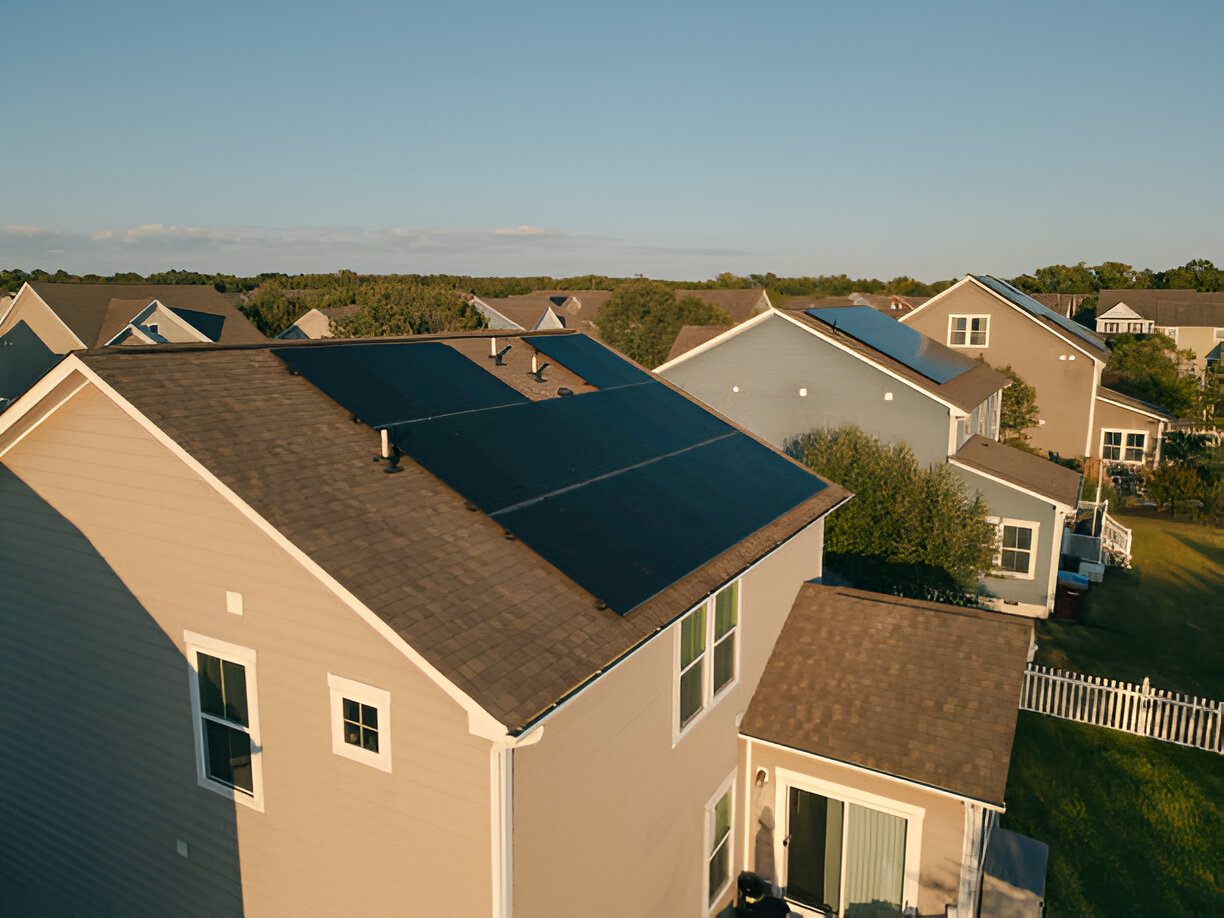
Myth #3: Solar Panels Require Constant Maintenance
One of the most persistent myths that we’ve come across is regarding the maintenance of solar energy systems. Some people worry that solar power systems demand frequent maintenance to remain functional. But the truth is, they require very little upkeep.
Most solar panels are designed to withstand harsh weather conditions, including rain, snow, and hail. A simple cleaning a few times a year to remove dust and debris is usually enough to maintain efficiency.
Many systems also come with monitoring apps, allowing homeowners to track their performance in real-time. Most manufacturers offer warranties that last 20 to 25 years, ensuring long-term reliability. With minimal maintenance, solar panels are a hassle-free, clean energy source.
Myth #4: Solar Panels Will Damage Your Roof
A common concern among homeowners is that solar panel installation will damage their roofs. However, when installed properly by professionals, solar panels can actually protect the roof rather than harm it.
The mounting systems used in installations are designed to distribute weight evenly, preventing structural damage. In many cases, solar panels shield the roof from harsh weather conditions, extending its lifespan.
If your roof needs repairs before installation, a professional solar panel installation company like Samso Renewables will inform you and help address any issues beforehand. When installed correctly, solar systems can enhance your home without causing damage.
Myth #5: Solar Power Can’t Support an Entire Home
Many believe that the energy production from solar is only good for supplementing electricity needs, not powering an entire home. The reality is that modern solar panel systems, combined with battery storage solutions, and a professional installation process can generate enough energy to meet a household’s needs ranging from small bulbs and fans to household appliances.
Grid-tied systems allow homeowners to draw extra power from the grid when needed and send excess electricity back to earn credits. Off-grid systems with battery storage provide energy even at night or during cloudy periods.
So, with the right setup, solar energy can fully power homes, reducing or even eliminating electricity bills.
Myth #6: Solar Panels Don’t Provide Long-Term Savings
Some homeowners hesitate to invest in solar because they believe the savings aren’t substantial. However, solar energy provides significant financial benefits in the long run.
The savings are due to a reduced reliance on traditional fossil fuel-generated energy. Using this renewable energy, homeowners can save thousands of dollars in the form of lowered energy bills over the lifespan of their panels. Utility rates continue to rise, but solar users lock in lower energy costs.
In the UK, Smart Export Guarantee is the net metering program that allows homeowners to earn credits for excess energy produced. The combination of lower bills, incentives, and potential earnings from extra energy makes solar a smart financial choice.
Conclusion: The Truth About Solar Energy
Solar energy is surrounded by solar panel myths, but the facts tell a different story. Panels work in various climates, are more affordable than ever, and require little maintenance. They do not damage roofs and can fully power homes when designed correctly. Most importantly, they provide substantial long-term savings.
As technology continues to improve, solar energy is becoming an even more attractive option for homeowners, especially those who live in sunny climates.
We hope that we cleared the common misconceptions regarding solar with our article. If you’re still unclear about the potential savings that you could enjoy by investing in solar, call our solar experts at Samso Renewables and make an informed decision about your energy future.

